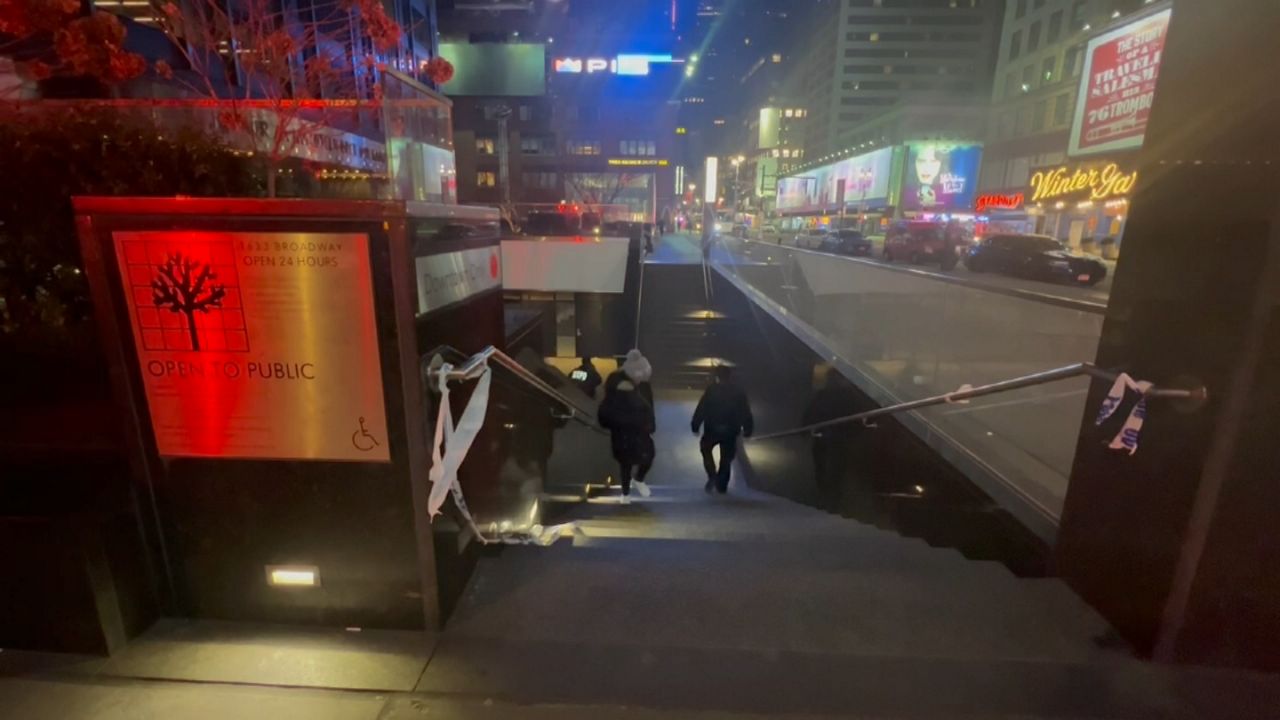The vaccination campaign against covid-19 in Nepal faces the challenge of extreme terrain, with regions of the country almost isolated along the Himalayas, obstacles that do not prevent immunization from advancing at a good pace thanks to the courage of some health workers.
The viral image of the health worker Leela Thapa carrying a 78-year-old woman on her back through a mountainous area to take her to a vaccination center symbolized the difficulties that the Himalayan country is experiencing in order to immunize its entire population.
“At first the old woman was reluctant to get vaccinated, but when I told her that it would be difficult for her to obtain the subsidy for the elderly if she didn’t, she agreed,” explained Thapa to Efe, who had to carry the woman on her back because she was unable to walk.
For many in the country, this snapshot certified the tireless effort of the Nepalese authorities to immunize the population against the coronavirus, but health experts also highlighted the root problem of the lack of access to health centers.
“The photograph shows that our health facilities are not accessible to everyone and there is much to be done,” Dr. Kiran Regmi, former Nepalese Secretary of Health, told Efe.
Also the spokesperson for the Ministry of Health, Sangita Mishra, considers that there are many challenges that Nepalese must face to access a vaccine of which they currently have sufficient doses, not as at the beginning of the campaign.
“Now our main concern and goal is to bring these vaccines to all corners of the country, including remote mountainous areas,” Mishra told Efe.
Nepal has so far vaccinated 60% of its 29.19 million inhabitants, a figure that rises to 77% if it is limited to its adult population, in a country where 1.1 million infections have been registered so far and close to of 12,000 deaths from coronavirus.
CROSSING HOURS
Thapa’s experience is not unique. Health service volunteer Birma Devi Kunwar needs to carry a 30-kilogram cooler of vaccines on her back for more than six hours along a remote mountain road in Darchula district, western Nepal.
After crossing dangerous and narrow hills, the 32-year-old reaches her destination: Duhun, a small town located at a high altitude, where she delivers the doses against the coronavirus to a health center.
“I don’t have to load (the fridge) every day,” she notes, only when new shipments arrive and, especially, “when it’s vaccination time,” the volunteer explained to Efe.
But this woman’s journey is not easy, especially during the winter, due to the snow and low temperatures, or during the monsoon season, when landslides due to heavy rains are frequent.
“It’s difficult, it’s a risky journey, but it’s my job,” Kunwar settled.
The health post where this volunteer works attends to the needs of small villages that are isolated by road and far from hospitals.
However, as the person in charge of the center, Ishwari Bhatta, explained to Efe, the health post is relatively close for the inhabitants of the region, “an hour’s walk for most.”
In other remote areas, people sometimes need to walk for days to reach health centers, but despite the difficulties, “people are willing to get vaccinated,” he said.
They also sometimes install mobile camps to make it easier to vaccinate the elderly or disabled, although health authorities warn that in remote areas many low-income women are not being vaccinated, both due to lack of transportation and the need to have to care for children.
SNOW AND ELECTRICAL OUTAGES
Associated with the Himalayas, which includes some of the highest peaks in the world such as Everest, are extreme climates, with temperatures below zero and snow storms that sometimes leave some regions cut off.
Earlier this month, heavy snowfall forced the vaccination program to be stopped at the only hospital in the Nepalese district of Humla, one of the most isolated areas bordering Tibet, where temperatures dropped to around 7 degrees below zero.
Paradoxically, another of the problems faced in this hospital is the difficulty in maintaining the cold chain for vaccines due to power cuts, which is why they use fuel generators for the cold rooms.
“Despite the adversities and geographical difficulties, people come to get vaccinated,” the head of the district hospital, Dr. Tashi Lama, told Efe, who assured that “every day more than 300 people go to the hospital (and) not it is easy to vaccinate them all.”
–


